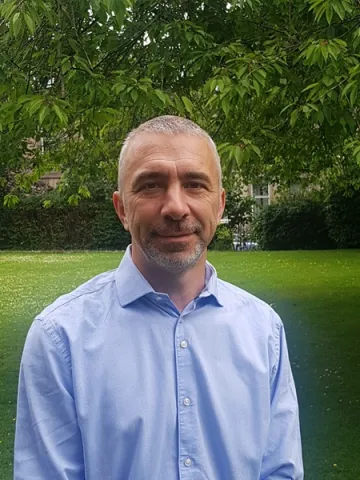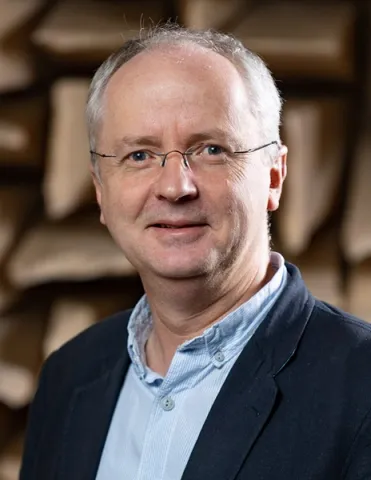About the project
In this PhD, you'll investigate how energy can be optimally transferred between subsystems within a nonlinear system. The impact of this project will be significant for vibration mitigation, vibration isolation, and vibration energy harvesting.
Linear dynamical systems are well-understood in the context of tuned mass dampers. However, nonlinear systems and nonlinear mechanisms are considered with a model-specific approach. This relies on perturbation theory, which is valid for weak nonlinearities over finite time.
Targeted energy transfer (TET) is a nonlinear alternative that can also be generalised to multi-degree-of-freedom (MDOF) systems. In the traditional TET formulation, the nonlinearities are given for all degrees of freedom, such as cubic order, and the energy-transfer subsystem is tuned to an optimal set of parameters to mitigate unwanted dynamics of the primary system.
There are still areas issues surrounding TET which need to be addressed:
- the methods used to analyse TET are not applicable to fully nonlinear effects and are infeasible for necessary MDOF systems
- a given nonlinearity in the system may not be optimal, and traditional methods do not scale to explore the full range of potential nonlinear mechanisms
- there is no established framework for fast identification of the optimal nonlinear system for efficient TET from purely experimental data
This project will address these issues using machine learning optimization algorithms, such as Surrogate Optimization and methods in nonlinear dynamics.

